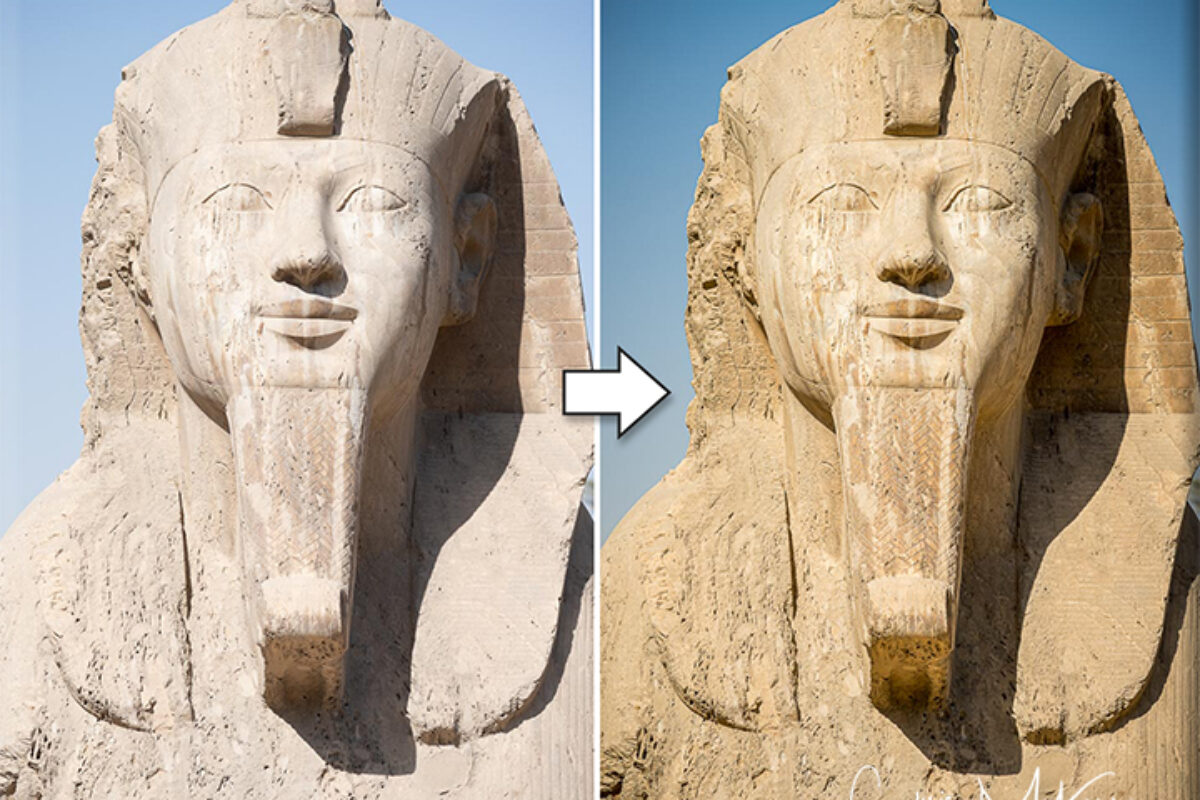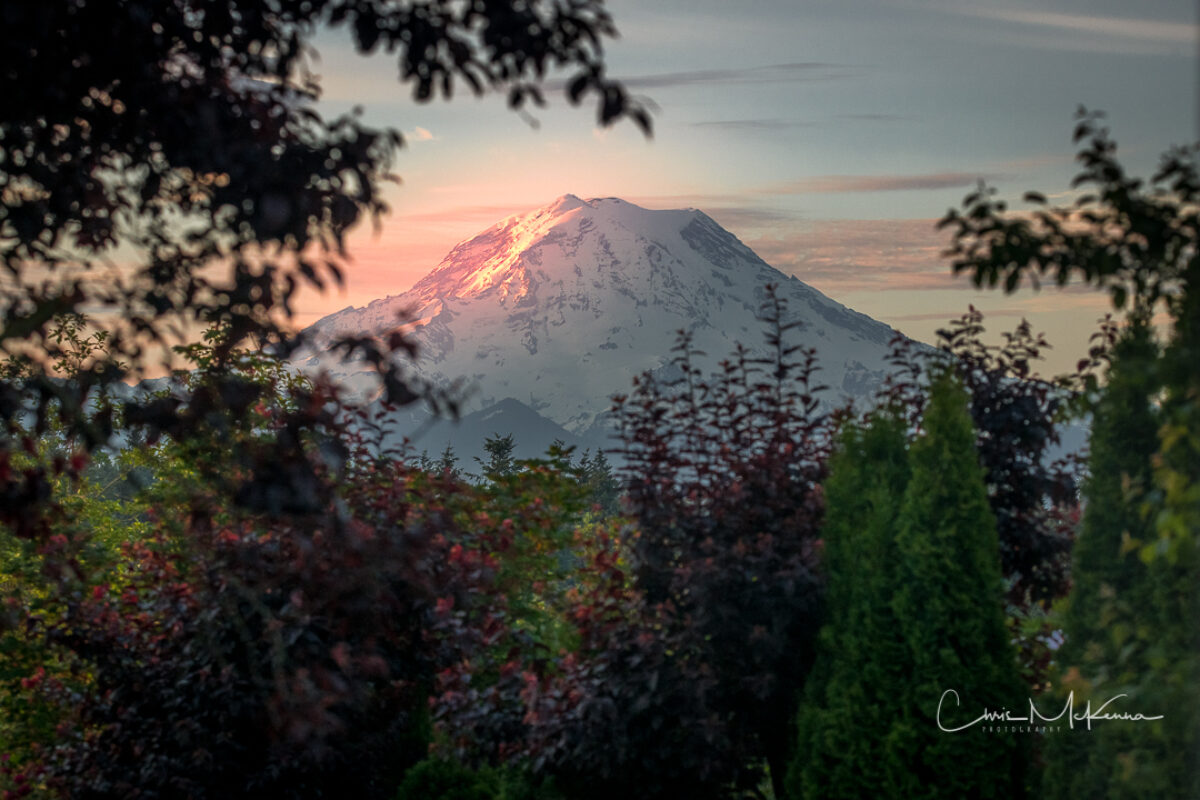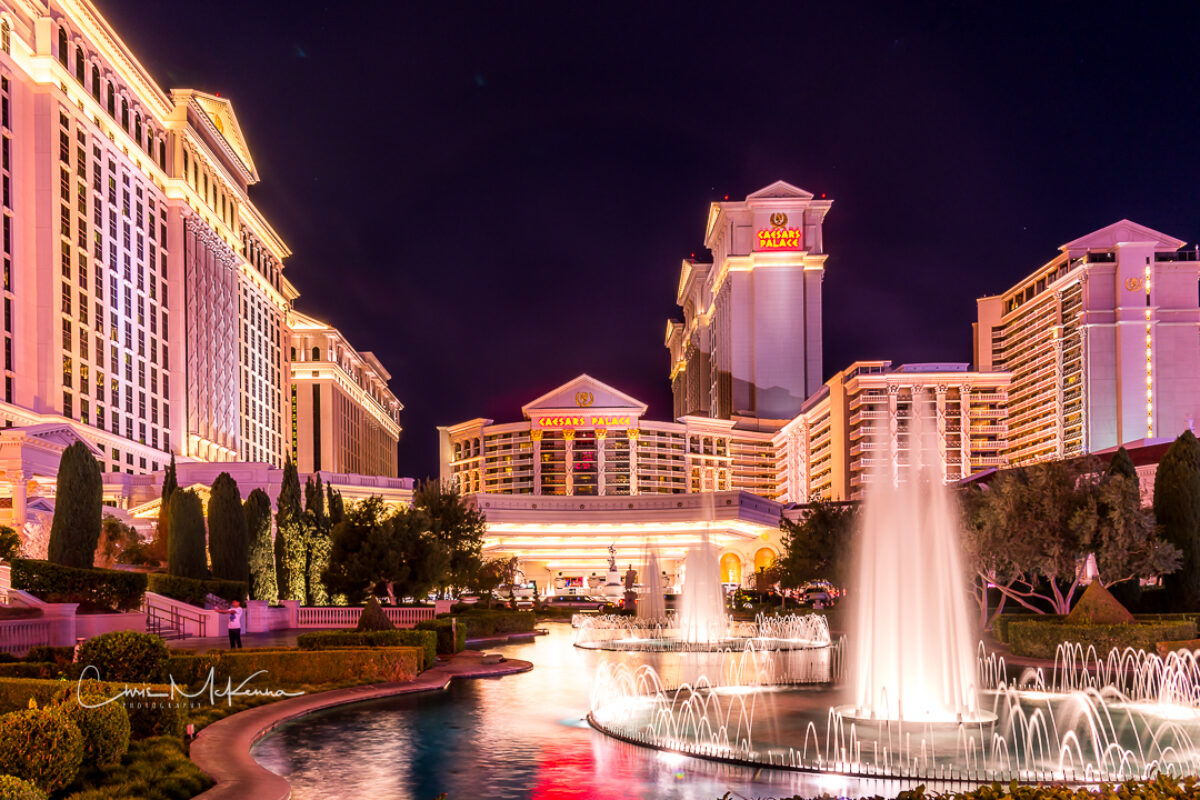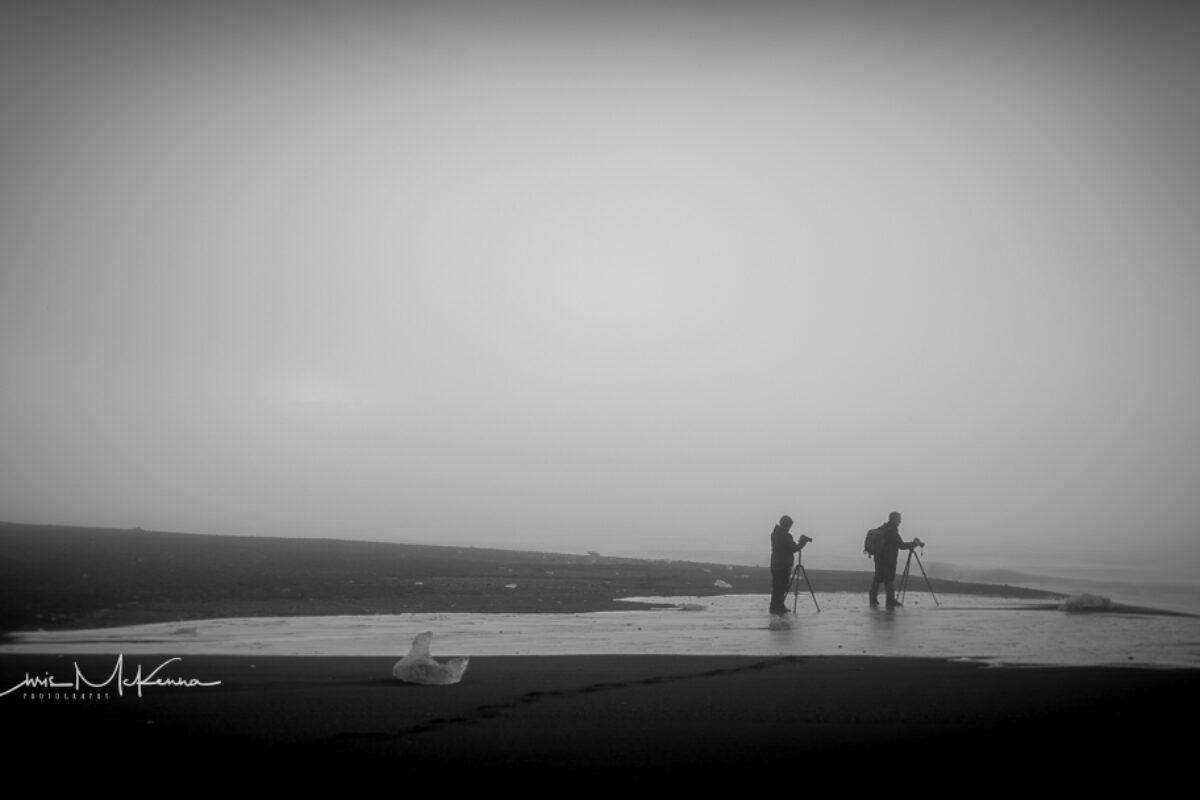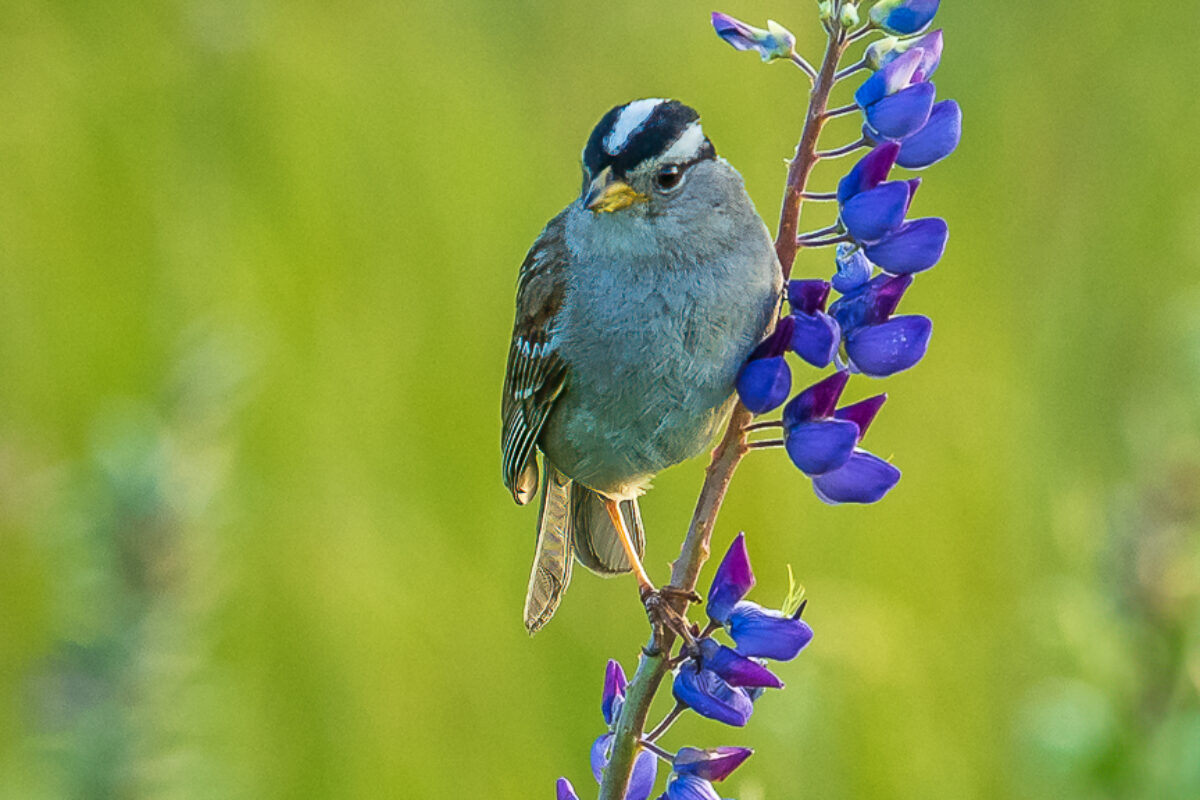Understanding Post-Processing in Digital Photography: Elevating Your Images
As aspiring photographers, you’ve likely heard the term “post-processing” thrown around quite a bit. But what exactly does it mean, and why is it such a crucial aspect of digital…
